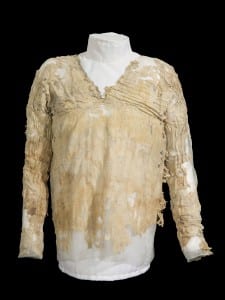 Subversive Millinery was an eclectic, creative and colourful evening event at the UCL Art Museum. It comprised of a mini art history lecture on the role and significance of hats, and a hands-on practical workshop where participants were encouraged to create their own beautiful hat or fascinator. This fun mix was led by Sue Walker, who completed her MA and PhD in art history at UCL, specialising in 18th and 19th century French prints.
Subversive Millinery was an eclectic, creative and colourful evening event at the UCL Art Museum. It comprised of a mini art history lecture on the role and significance of hats, and a hands-on practical workshop where participants were encouraged to create their own beautiful hat or fascinator. This fun mix was led by Sue Walker, who completed her MA and PhD in art history at UCL, specialising in 18th and 19th century French prints.
Sue began by explaining why she had become obsessed with hat making and encouraging communal creativity. She felt it was predominantly triggered from feeling disconnected with art objects after studying so much theory. She decided to start making things and focused on fashion as a way to get others involved and interested because it is something everyone is affected by and has opinions about. This idea of making judgments and engaging with ideas through ‘visual signs’, such as those of fashion, is fundamental to art historical questions that ask ‘what is it and what do we do when we make a visual sign?’ (more…)
Filed under UCL Art Museum
Tags: Art History, Fabric, Fashion, Hats, Making, Practical workshop, Recycling, Sewing, Subversive millinery, Textiles, UCL Art Museum, Upcycling, visual signs
3 Comments »
 Close
Close



